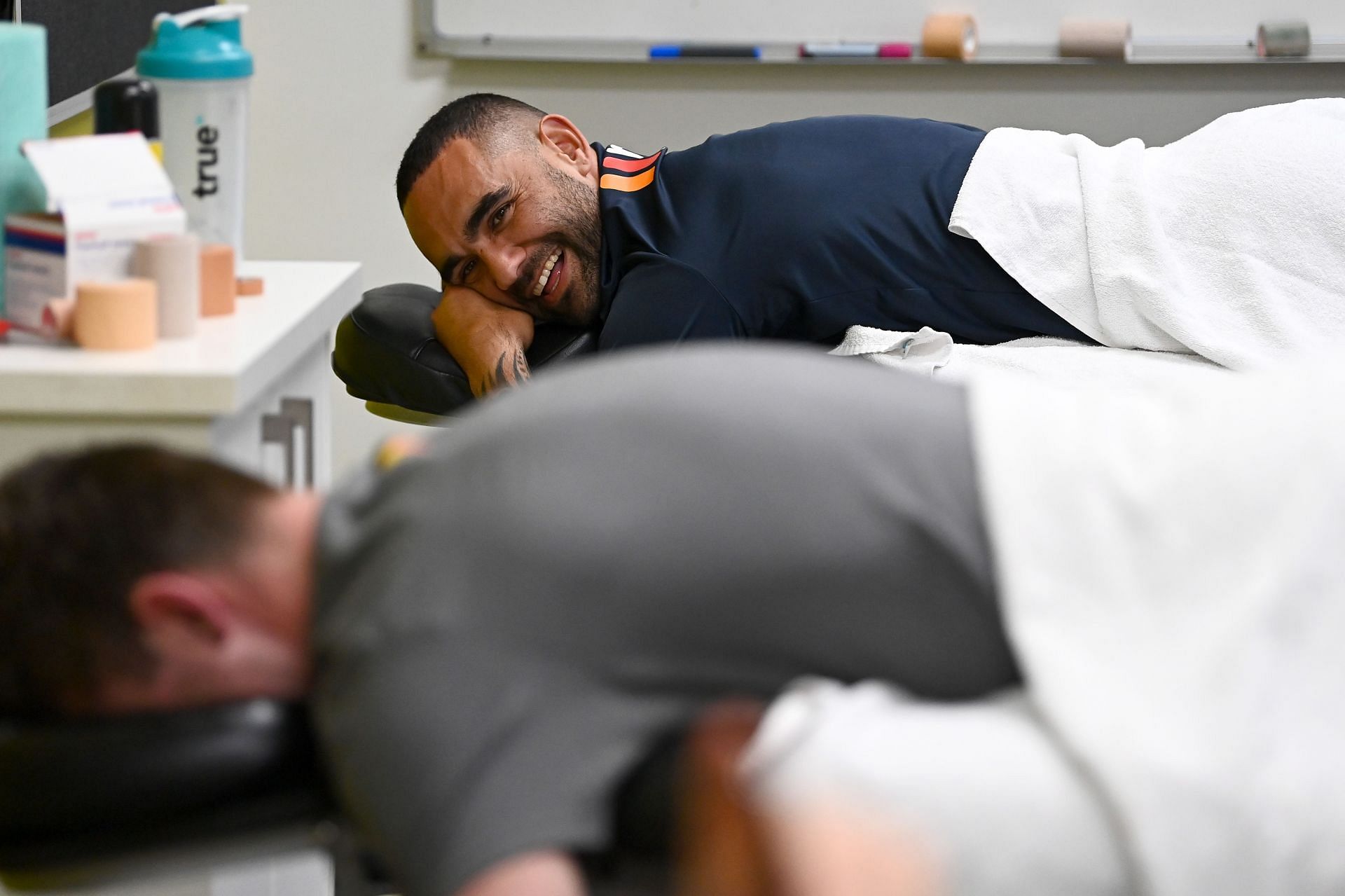
Recovery and regeneration: From burnout to best performance
The significance of recovery and regeneration often escapes the minds of athletes and coaches, even though they are key elements in achieving optimal performance. Repairing and rebuilding the body after rigorous training sessions and competitions is essential. This is why athletes at all levels must not only focus on training hard but also prioritize their recovery and regeneration efforts.
This article will delve into the world of sports recovery and regeneration, investigating a few proven techniques for athletes and coaches to maximize their overall performance and avoid any physical harm with the help of scientific findings.
The importance of recovery and regeneration
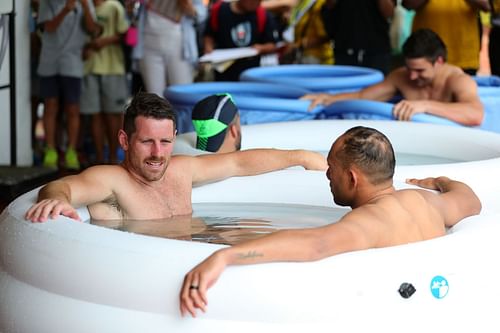
Athletes tend to focus solely on pushing their bodies to the limit during training sessions and competitions. However, it's equally important to prioritize recovery and regeneration to maximize their performance potential. Recovery refers to the time spent between workouts or competitions, while regeneration refers to the specific techniques that are used to repair and rebuild muscle tissue.
Without proper recovery and regeneration efforts, athletes are at greater risk of injury, decreased performance, and overall burnout. Overtraining can lead to fatigue, decreased immune function, and hormonal imbalances. This is why athletes must make recovery and regeneration a top priority.
For athletes, recognizing the importance of recovery and regeneration can make all the difference between being at the top of their game and suffering from burnout and potential injury. Sometimes, they can get so caught up in pushing themselves to the limit that they might forget to give their bodies the time needed to recuperate properly.
Techniques for recovery
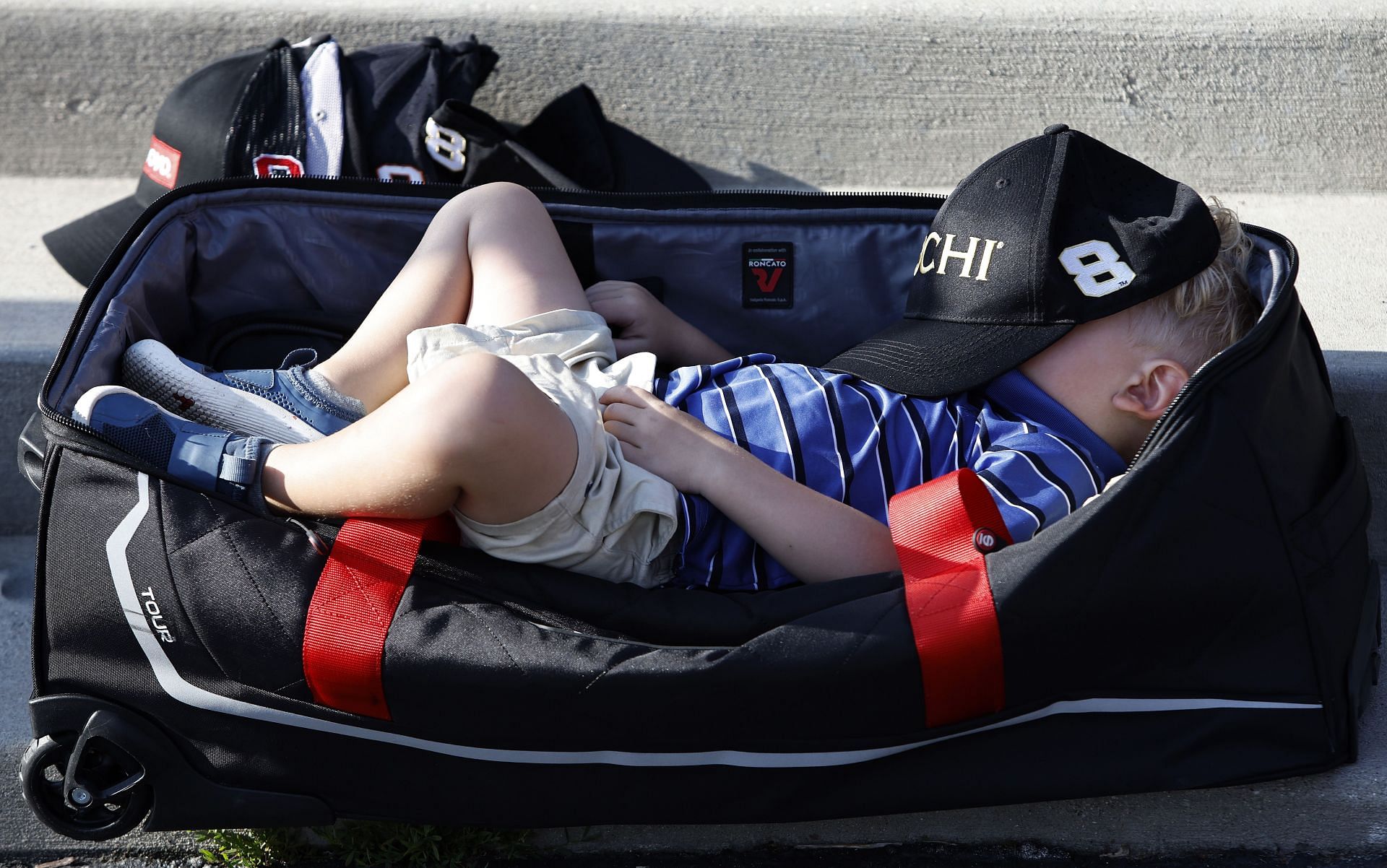
Athletes have access to several evidence-based recovery strategies that maximize performance and reduce the risk of injury. These strategies fall into four primary categories: rest, hydration, nutrition, and active recovery.
Rest days: One of the most important elements of recovery is simply taking rest days. This allows the body time to repair and rebuild muscle tissue. It’s important not to underestimate the power of rest days and the positive impact that they can have on both one's physical and mental well-being.
Sleep: Getting enough quality sleep is crucial to athletes’ recovery efforts. Sleep is the opportunity the body needs to repair damaged tissues, release growth hormones, and regulate other vital hormones.
Nutrition: Maintaining a nutritious diet plays a crucial role in promoting restoration and rejuvenation. Athletes must prioritize consuming a well-balanced meal that's rich in proteins, carbohydrates, and beneficial fats. In addition, athletes can contemplate utilizing supplements like BCAAs or protein powders to reinforce muscular recovery.
Hydration: To recover and regenerate, athletes must remain properly hydrated. Drinking ample amounts of water before, during, and after workouts is highly recommended, as well as using sports drinks to restore the electrolytes lost during exercise.
Regeneration approaches for athletes
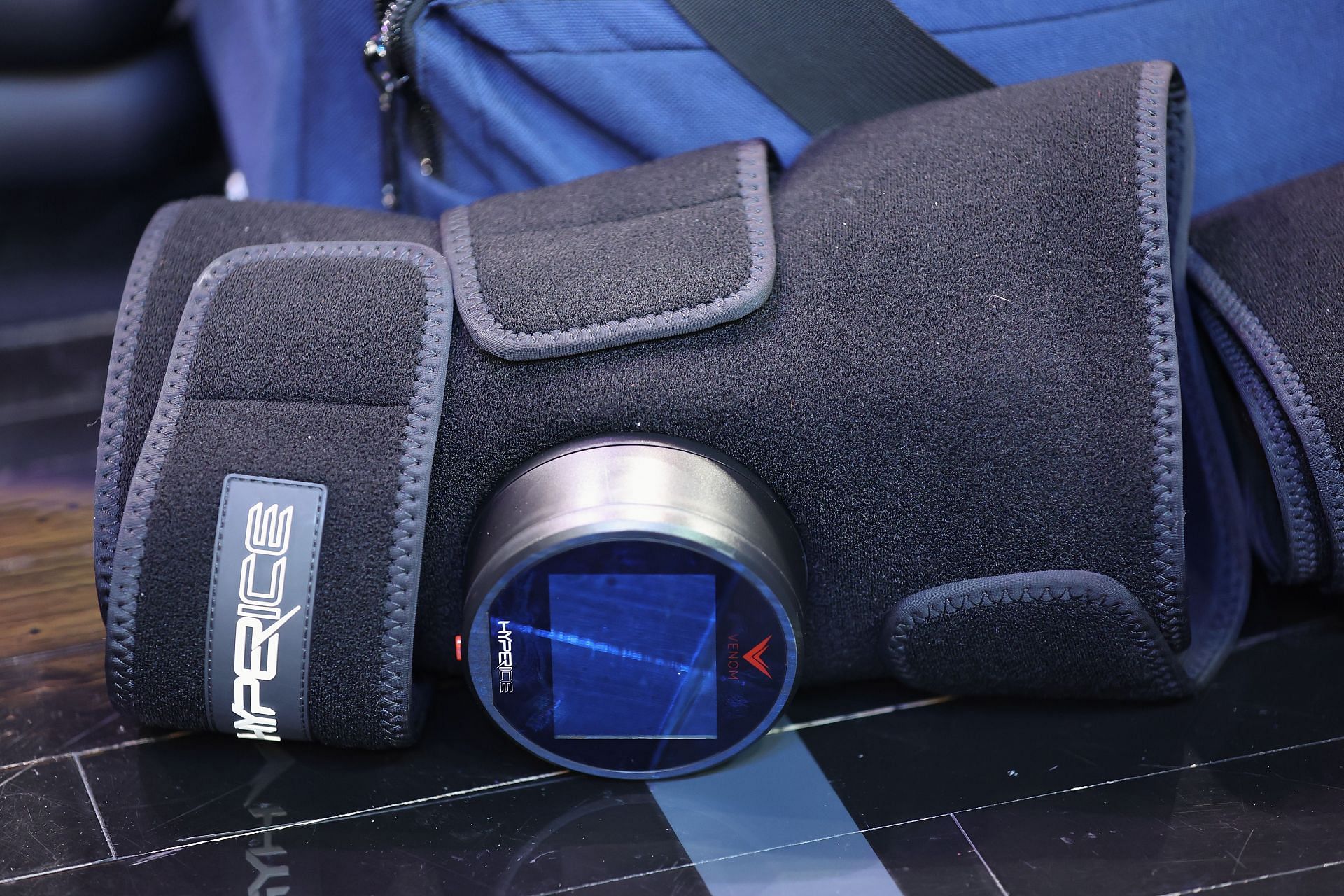
An interesting method called active recovery effectively uses low-intensity exercise, such as swimming or cycling, to enhance blood circulation and alleviate muscle pain. Furthermore, athletes who seek to minimize fatigue and support recuperation can use massage therapy and foam rollers.
To help reduce inflammation, relieve pain, speed up recovery, and promote overall wellness, some athletes resort to cryotherapy. It involves exposing the body to extreme temperatures through cold water immersion or specialized chambers.
Compression apparel, like compression stockings or sleeves, aids in mitigating muscle soreness and enhancing blood circulation, which ultimately supports the body's ability to recover and heal.
Muscle stimulation can also be used to facilitate recovery. Scientific studies have proven that the technique of low-level electrical currents has been successful in lessening muscle soreness and encouraging recovery.
Upcoming trends in recovery and regeneration
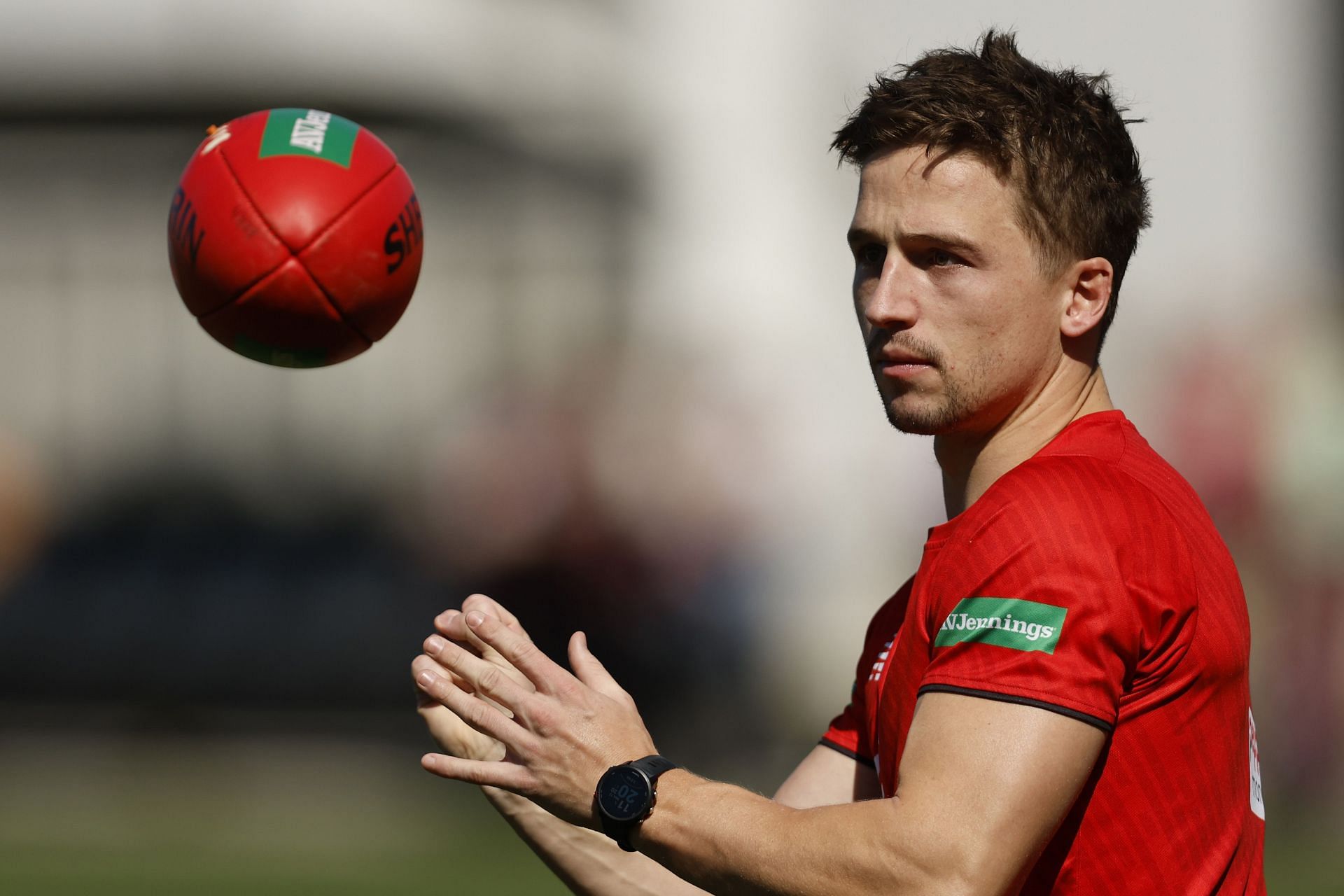
The significance of technology in sports recovery has been on the rise, resulting in numerous benefits for athletes and coaches alike. Wearables and mobile apps have made it possible to monitor and track an athlete's progress in real time, helping them adjust their training regimes accordingly. Additionally, these technologies can also aid in detecting potential injuries before they become severe.
One such technology is the NormaTec compression system. The system mimics the natural muscle pump mechanism using pneumatic compression, promoting blood flow and flushing out metabolic waste from muscles. This results in faster recovery times for athletes and reduced muscle stiffness after high-intensity training or competition.
Another technology gaining traction among athletes is photobiomodulation therapy. Commonly known as light therapy, this method uses red or near-infrared light to promote tissue repair, reduce inflammation, and alleviate muscle soreness. Portable devices like Joovv's light therapy devices make it possible for athletes to receive this treatment at home or on the go.
As such, various technological instruments can be employed to monitor, supervise, and enhance recovery procedures, which are key to an athlete's performance. Athletes can collect vital data on their activity levels and sleep patterns by wearing devices like fitness trackers or smartwatches. This data can be analyzed later on to devise effective recovery strategies and thwart overtraining.
Apps for recovery: Several apps designed for recovery are currently available for athletes to access. These apps offer direction on nutrition, hydration, and proper resting practices. As a result, athletes can develop a personalized recovery system that suits their requirements.
The sports science industry has an exciting opportunity to transform recovery and regeneration with the help of virtual reality technology. Through the creation of immersive environments, virtual reality can foster relaxation and diminish stress for enhanced recovery and improved health benefits.
In conclusion, rest is critical for an athlete's recovery. Solid athletic performance hinges on incorporating recovery and regeneration techniques into an athlete's training regimen, thereby optimizing performance, preventing injuries, and achieving one's desired goals. To prioritize these strategies, athletes and coaches should consider evidence-based techniques.